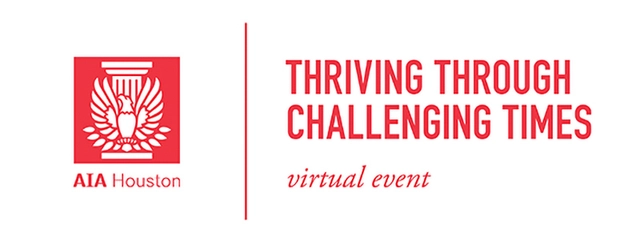
PRACTICE is a Seoul-based studio founded in 2020 by designers Sisan Lee and Sehou Ahn, and one of ArchDaily's 2024 Best New Practices. With backgrounds in architecture and interior design, they explore a wide range of creative fields, from spatial and exhibition design to custom furniture, art objects, and material experimentation, and had been highlighted last year due to their fast design approach which "matches the fast-evolving iterations at the world's bustling hub of fashion and design". The studio brings a unique depth to each project by creating custom-designed elements, furniture, and objects that reflect their diverse creative capacities. Pieces within their projects are crafted from a deep understanding of its purpose and materiality, demonstrating the studio's commitment to thoughtful, integrity-driven design.


























![Brazilian Pavilion: Terra [Earth]/ Gabriela de Matos and Paulo Tavares. Image © Matteo de Mayda The Decolonization of Architecture Is a Necessary Step in Its Decarbonization - Image 2 of 4](https://images.adsttc.com/media/images/6515/61ae/0a1f/c543/0bf2/a902/thumb_jpg/a-descarbonizacao-da-arquitetura-deve-passar-primeiro-pela-decolonizacao_9.jpg?1695900085)











.jpg?1638891520)















